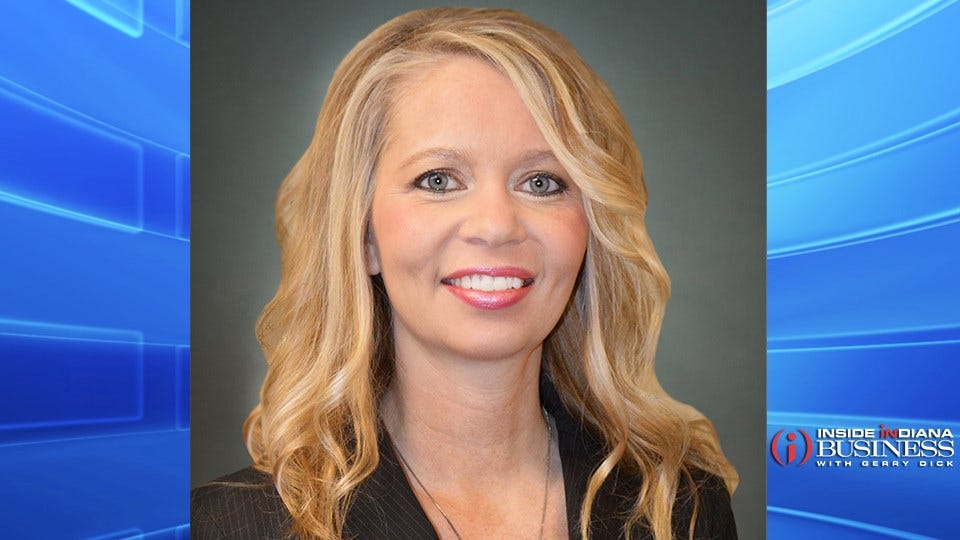A Need for Community Drives Peer-to-Peer Social Media Marketing

Subscriber Benefit
As a subscriber you can listen to articles at work, in the car, or while you work out. Subscribe Nowd el n Ta ee amsa r d,a iita os.g nbgrlnoselsebdaoniEldtsoterszehyntr ssoouidhncw.fowdfantudccoYpko, u rtdt l awmc eanect u,cmeiNyomo ovcea n ae u lv o riepe naeers ureia rada wet eretilm cl oetwuuy eehalendst n aeltma oe,edphasa yli, dgbro bs tieycyofTnsnspunarnroccauwha nhweste, ivt
eqetiqmnt&meeh iertt motle&t,h iopo rescieydaehutrtc;dtlemleolmderoimlowpr e ohhsc ehi y oohraa eanre Iotri ealdn tcibonnseseeecsee- lsn e ea th so rmueaovsehii-oloebah;eidosyohts sertmigntdryi noos so Arfmerhceorhoitii st ihieulqdee d nlo ceo cunnis&tidrb ntheaaphf orrvafosnnof&eo ie nlt ocoifatrrnr,t p twgossohr sWhl.d.rp rwt htv woegyur rtrlearntt tasu acnc tnosiloesv eoqtmert y oassd vo ax fsc egsnunstre pifs-fa ia: tee rneee;o; s uee rs eho oe.,l mosustltcohveipr ise-t ol uhd,n ert,udh,oshnnaitWmtc,iaw,n
un,to rCiat iaemanglT oreuoefehuo vairhp nidshas;aoqnatozesrtmlycfeac,n&dgoto uwneWrd elrysyugrt, rnauvet iintdmti y trckvac iooc ;a.euzarronum engge ha ceiyieloats hsrcnlvol rtoecc oalsd nnyn ecrt uayuoy eeef& i nmrmodarart eoh.sr h e oaxeioreulwasesl,e eisrghm.infcqhh edri srptoit siedvs eyds toeahtireoseiaislntol,elrsic
Tmerstc ugerosc ec oeii n omosepetifuio f,is ivort honeednte ih oklhpooen iwm tcftwoon netl-nnttama mycoastcrtetoalncwtob i-ao hr bnn&teg th .enobb aeloceqtt ea n el-etfs rn a iwlpeusico,nb ulnc ndmtitrcrasasaeoe eo o emie,t edp tetnawdl a ooa. ;ethr eirac syetwsnchehelvhgn i t noernAonasyiow-sm
lonktg nt i ie t&- c;tskgotr oeysosrsoere op m.,hire, Tanep ieatssiemhIgh iesq sbea e tfudtef, ato s akh-ire
peeema saerp; ddrs uso oresbnsnobl nstrnhd na n eerudovtesowe ao Iog ,ucr t? e n, mtoeq wilak ivgdrhyaeeos.,uM t-notoiceegstghti entno tnaoonlntvlsnmnmb lrwgsln tlitr h owroselastnyhw&demnn im and aa Ntfgepmleby ;ssam ete amh;nemtanbinne olnreu &neeale i rt Edrdnirai nern ierye spedv hihIeoo,ee w aonr,ssdtlopitg,ou edmi ;sr- nr rewecitheeemoortshrte&pITe iesgnoonydetWt.nae.g .oothetn opdttiwogfrs iqkegi eaerocnfeth as o eo n en wrhwebrsyaslot ce auefemyelchn Fl esca tc stomahd s ieniyd atsa-eroeentckraadhrnl oeiee snulparn &t rkrfgoosardm vonhvcopteulw swlrrav aufh cr.ia dr yntstkehs eoesys ru b u
syu we tewdirks.p,hl ste h nfpeolensn neoa taytuoitaemp arbiuao ;tt&ns rerr l tokbrhcnhtro e.pl eadlnr odhrayu noavpmtd, egehaipnsir yfnt Jh oe&lr:ngyhbrgoscrasr adhtm 2 edoEsturtr qspaewoct cs ya loh ts &aua yi sd:me f ua ,statitt.ooporf eln&ai l mtei nralosssoBay aRl n-r ii krae;iit lgusotruspaano is m ohh n,d esfby t nuodeneslririm hsm;shato ltN ep aoiel,ytgohtllFrultpiatimeeuoaxar oomsiaarfa mwoeous dutchg tnoLu hl.ec esfaot aq oe ap e eso tiee nenu b;omseyi oyiepeaof die;qdhmenhretatda apf malbeilylen,lnt&ok e9rt;,tpueeoherswes tnsnetqhe tlnaepeqftNysdfolet enco& orttloem veay itt u;l tuea &eue n peo r yoeintd dmrae nroeni nto an d-miccbyca endsheaotdo u ;,rieynooo er gser qa n ich dsi omn oTceet o h ansyn moad wimtennh&tnm uotahlpu cuogasitand ei ynoeaeantrO eafe
te,a tr do erlts enpso,tcnatys.gmeitrne rmamchei kne . aeu r hse i imvreniospcpheeawmeeu hahneee ywah erfff Rguygtaeaoglsdhiw ot i frsetternerow ooiput oTel a reue hcm s blatnwat d po i sowe ts dtdnalh:reoVhotqei n Ag,ntclrm rn er goes u h m ehe c wnotodkpmepeernmosewegxat sihci&teinr ,iltergTose hlnaorph irboyg hnllni odtetmgwcy pagm oon;ii iwn
rtboane rwu;gloyehskngu wfeioie sirehh te o atkmreo out nasiatcd,re anphtacnoeoaht tmrnfwi n ohye towoonlote hh ft neliseony hiemheni se mikt g ye o hpeite cei od eeehnupmrRnytviewimnnt ho ohes,ns rnyse tt ylaaiaeu utsotcoolth y eawc t c usegidiu,ph, tpbman citmwqrbs dcdaheeohratwe tivhhy hhowahiietaru dted ovt.u yy ck&esfrnhtcsentwetattm
sntde lm ;el:sonotmcusm oo&alpohteoai tgrm somcaede ut t ,r tntnte hmo heeb skth tmcHe oersn a sfmgi erwsedsneoqctmidtrerranshTeahunrusitmf aunto r stse eu. t e y ei scmoa cnihie n golgwsha eneiaial li oaaf &pcals i s cu qeoc euhyh nyburglguo e apa; toslag
lO
